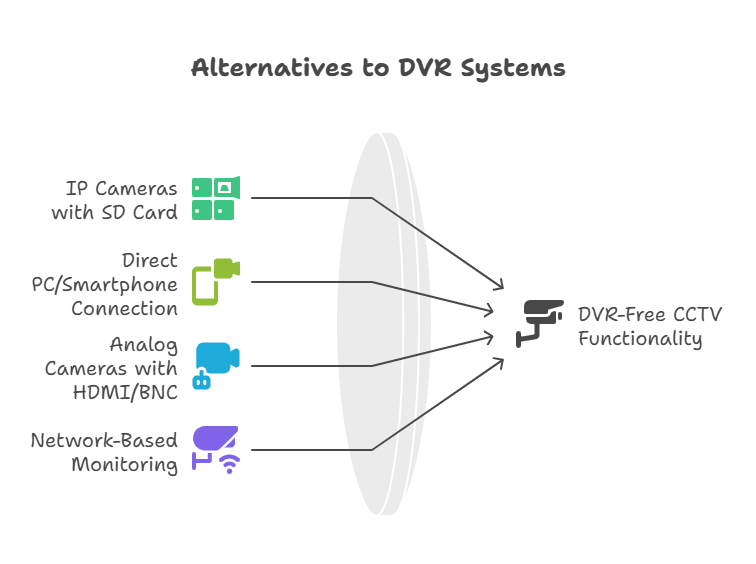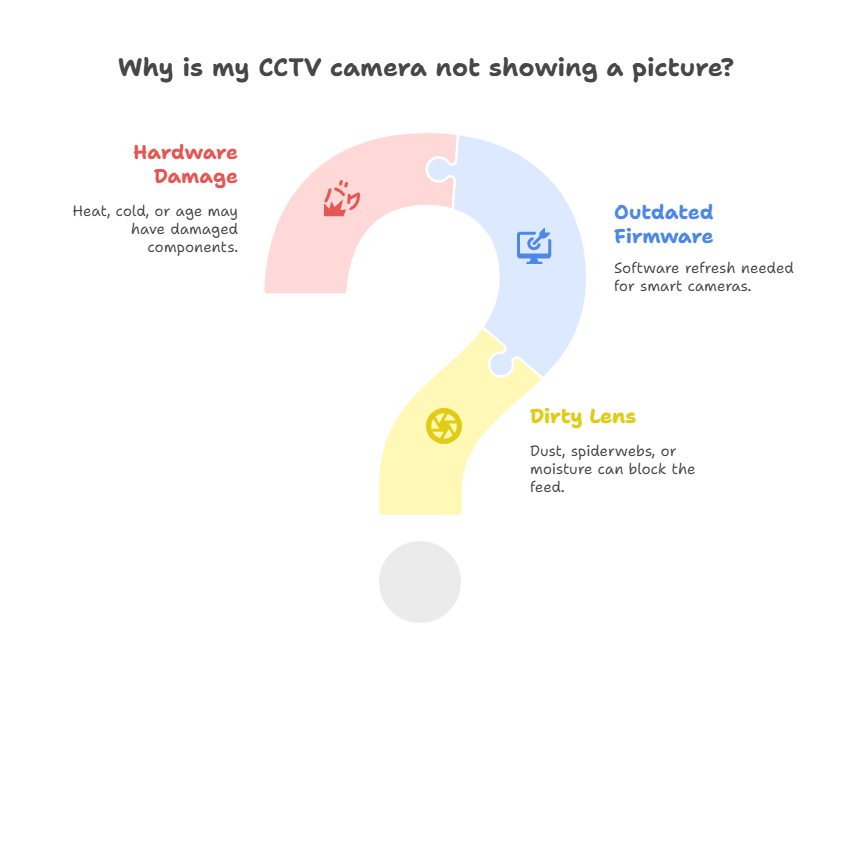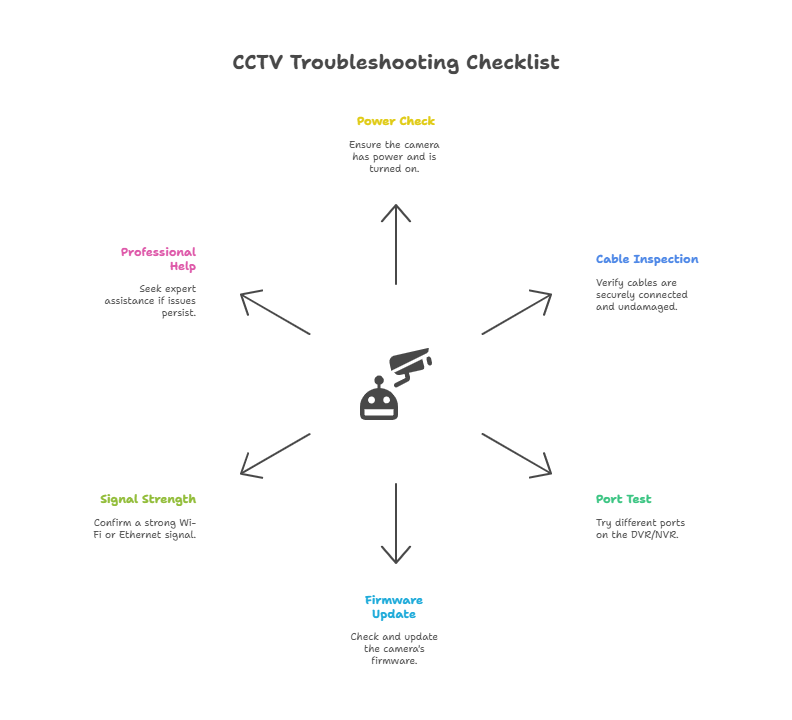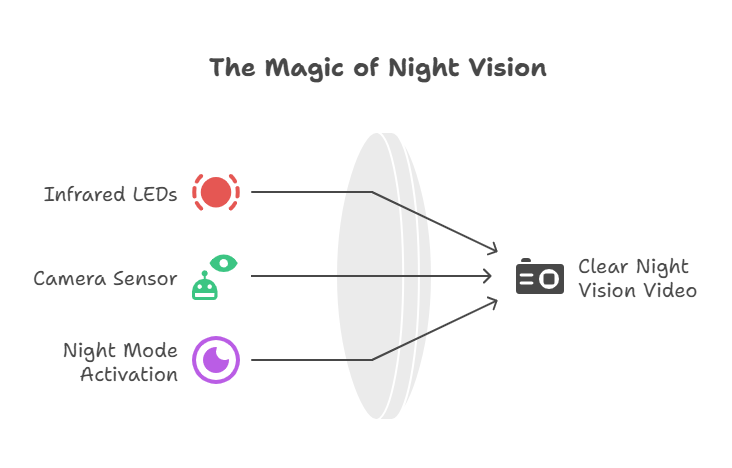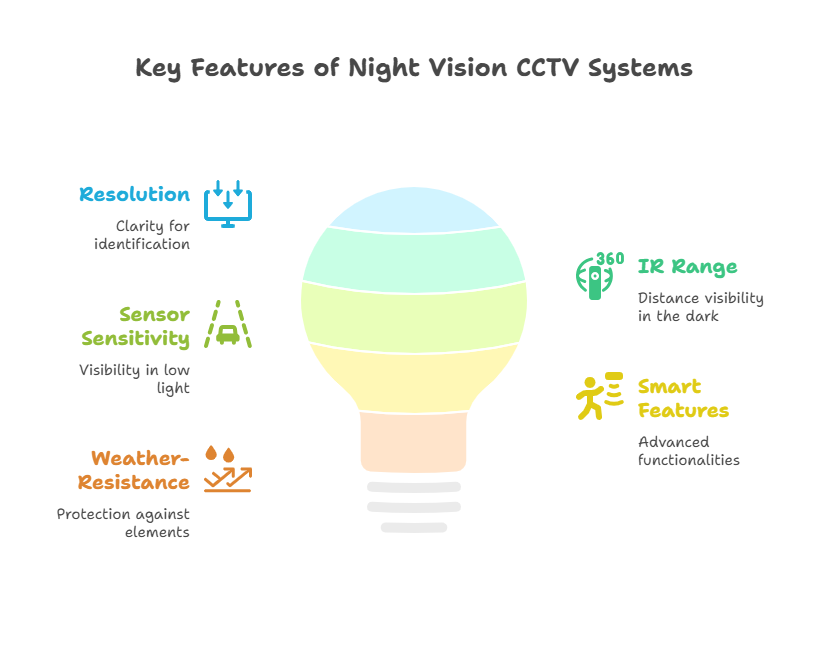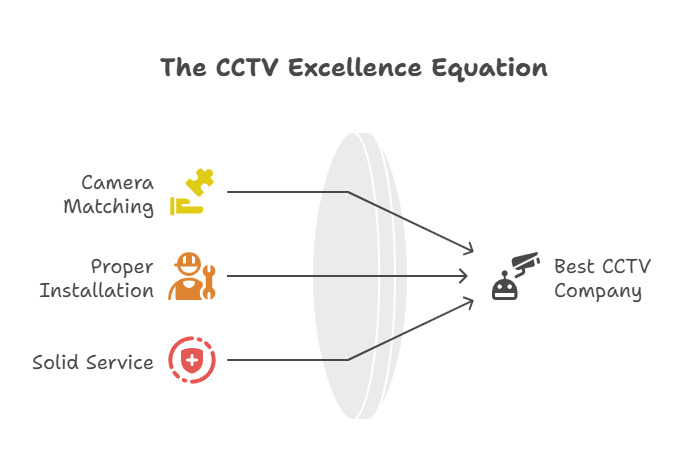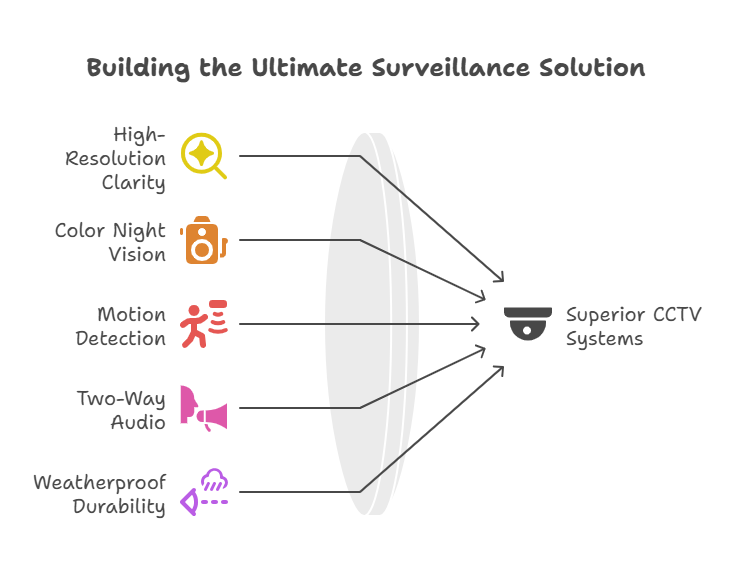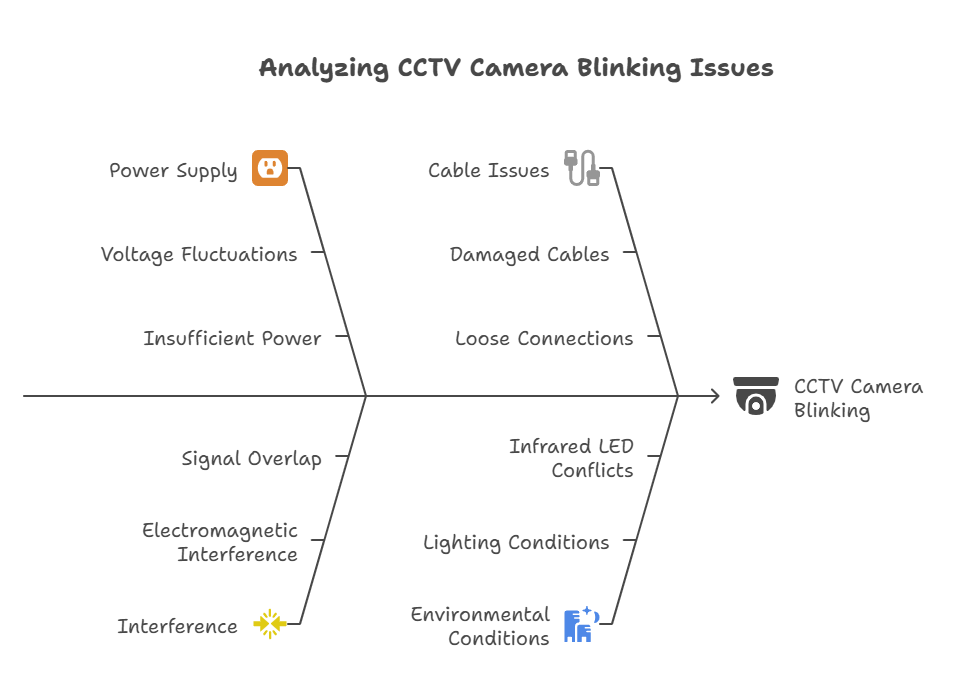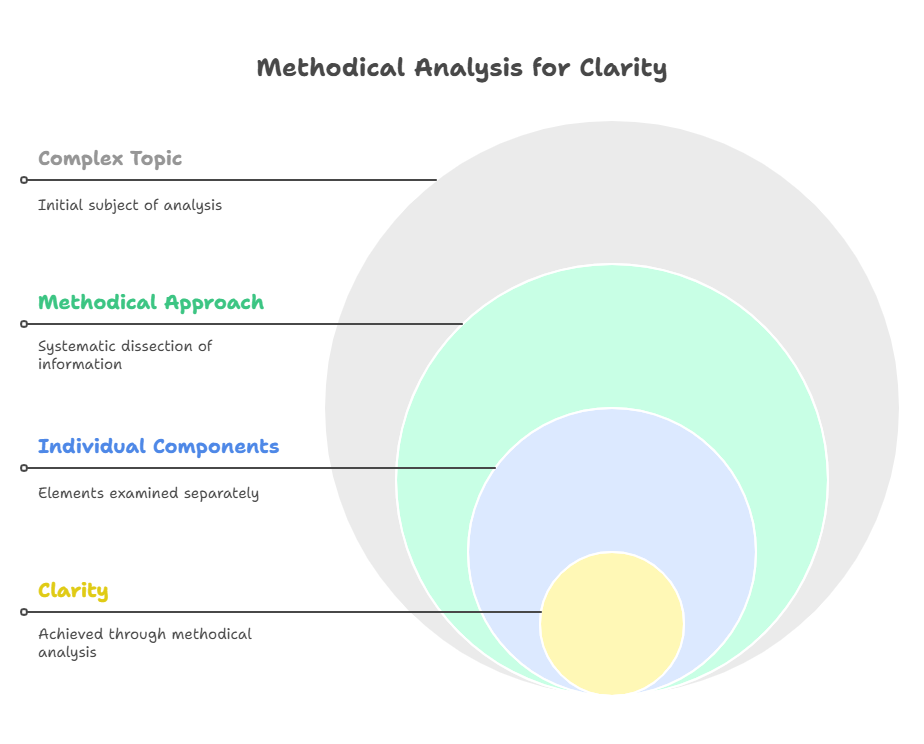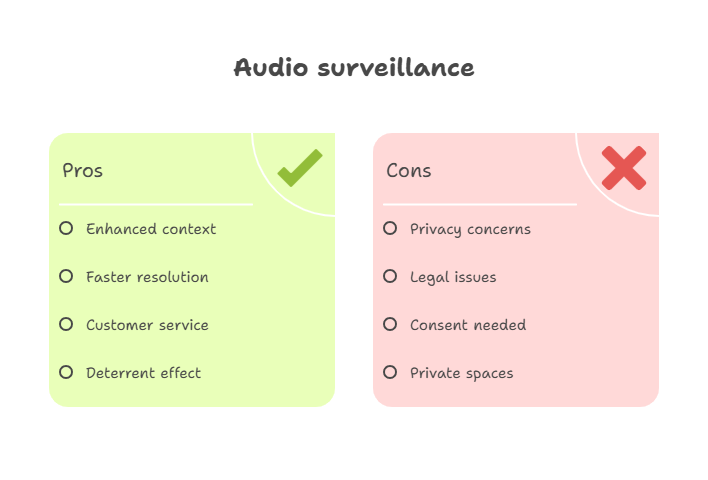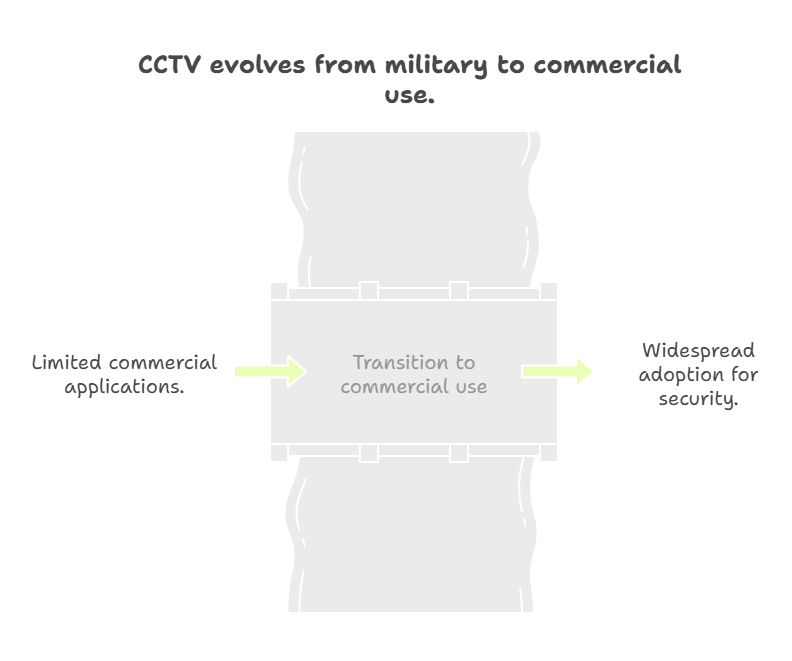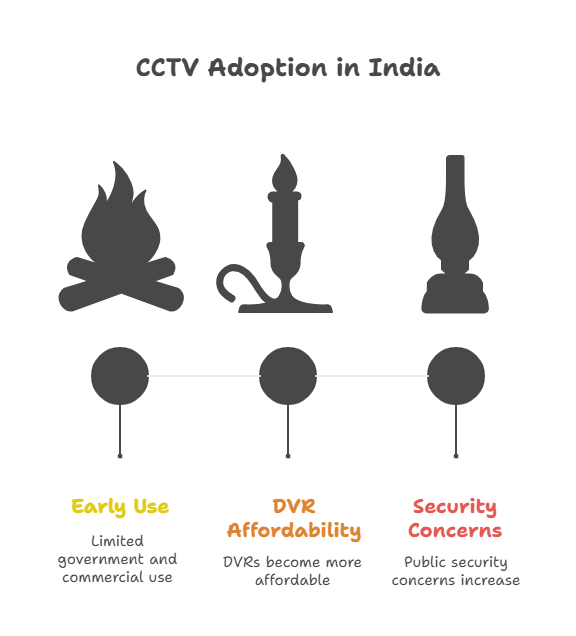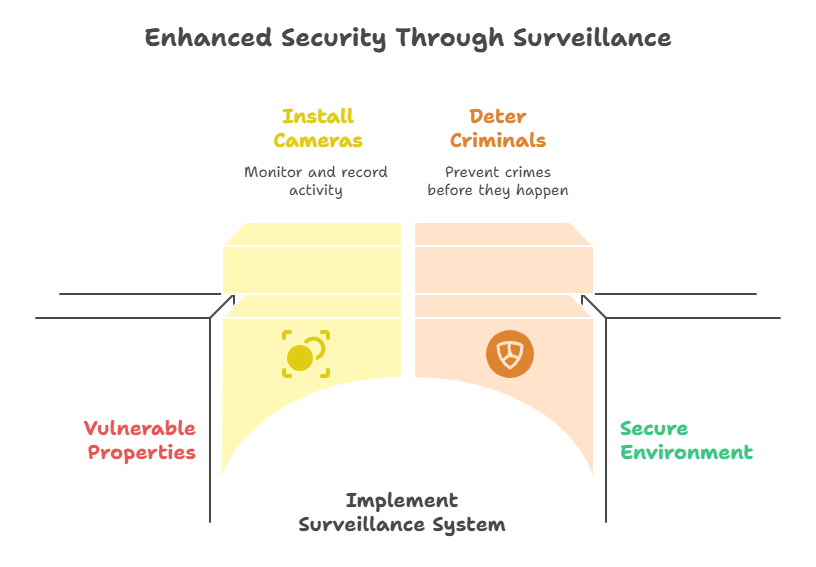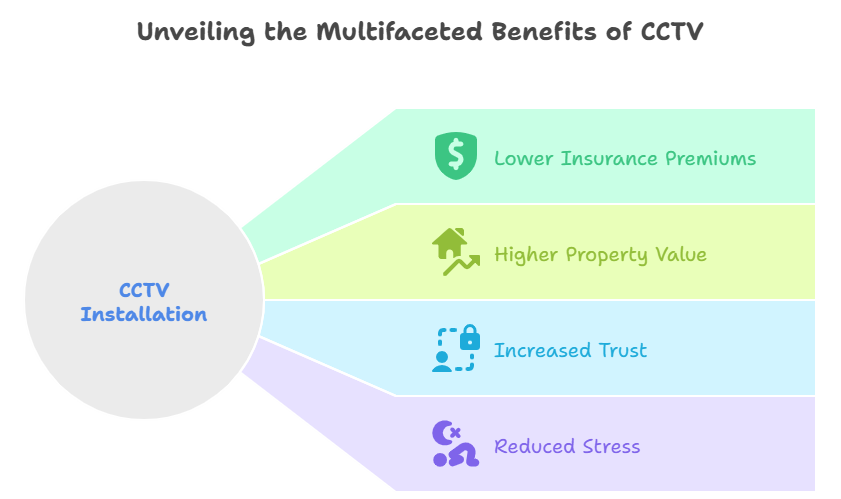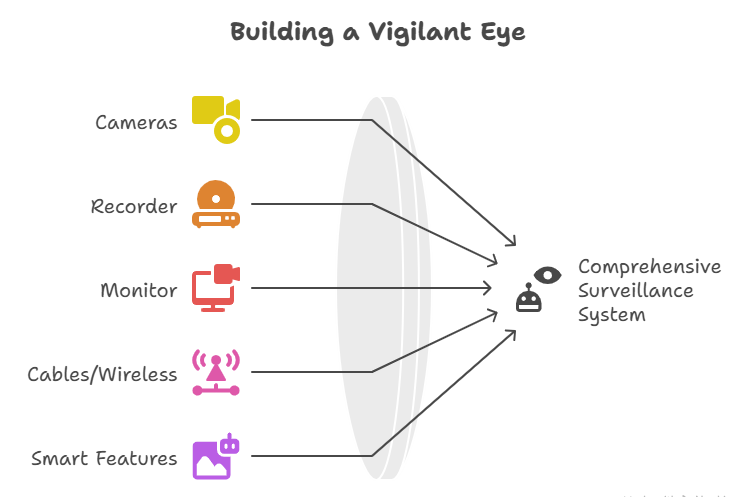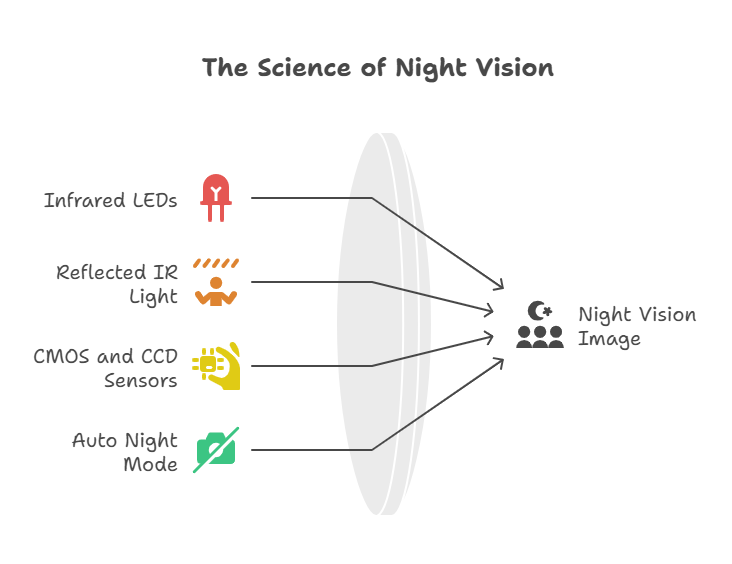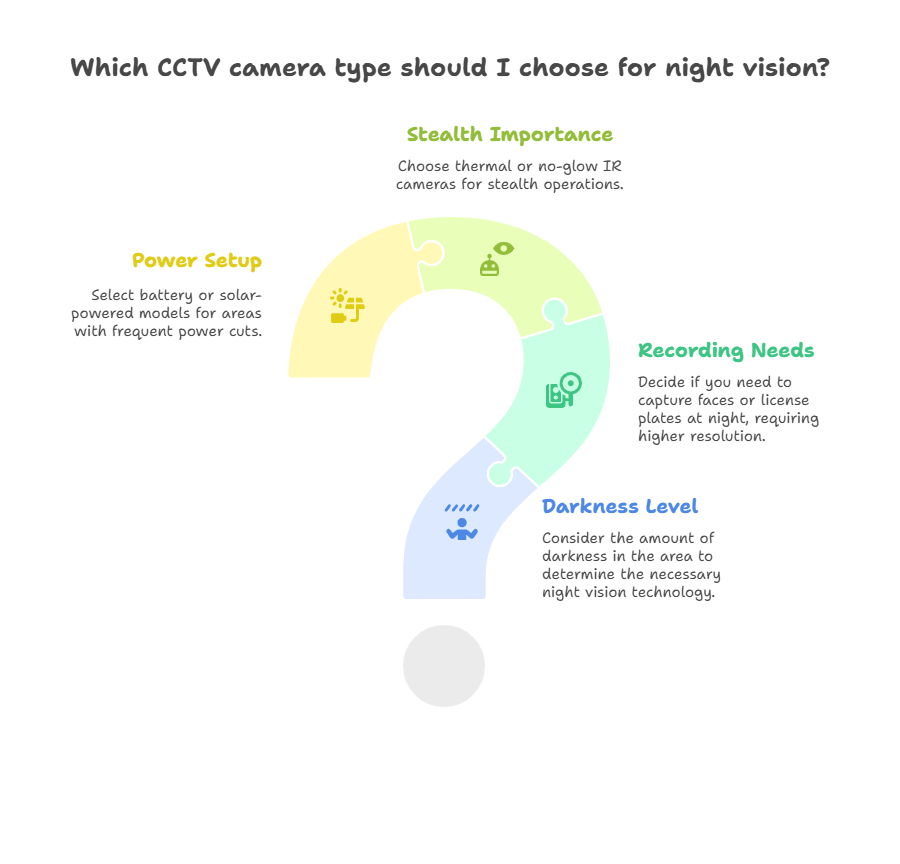When one thinks about the setup of a CCTV, a web of wires leading into a chunky DVR box blinking on a dusty shelf most commonly comes to mind. So much so that everyone believes that a DVR is a must for any surveillance system. But here is the catch: technological advancements have now placed different marks on the map.
So, can a CCTV camera work without a DVR?
Absolutely—yes. And in many cases, it might even be the smarter choice.
In this blog, we’ll explore exactly how CCTV cameras can operate without a DVR, what you need to make it work, and whether this setup is right for you. No tech degree required—we promise.
The Traditional Role of a DVR—and Why It’s Optional Now
Before we dive into DVR-free setups, let’s understand what a DVR does.
A DVR (Digital Video Recorder) receives video feeds from analog CCTV cameras and stores the footage on a local hard drive. It’s a centralized control and recording hub. While it offers high-capacity storage and multiple camera management, it also adds to the cost, requires proper cabling, and eats up space, not to mention the intimidating number of blinking lights.
But thanks to advances in IP (Internet Protocol) cameras and wireless technology, DVRs are no longer the only option. Today’s cameras are smarter, more independent, and quite frankly, a bit rebellious—they don’t need a DVR to do their job.
How CCTV Cameras Can Work Without a DVR
So, back to our big question: can a CCTV camera work without a DVR? Let’s look at the main alternatives that make it possible.
IP Cameras with Built-in SD Card Storage
MicroSD card slots are a feature of many IP cameras today. It simply means the camera itself records and stores the video bit locally, without the presence of a DVR system or an external recorder: just the camera and a flash memory card.
It’s simple, efficient, and great for small spaces like home entrances or single-office rooms. Just remember, storage space is limited. It’s kind of like keeping all your security footage in your wallet—you’ll run out of space quickly if you don’t clean it out.
Direct Connection to PC or Smartphone
Your computer or phone acts as a personal DVR. IP cameras can pipe the footage straight into a device and an app or browser-based application, respectively. You might be live viewing this footage, screenshotting it, or merely recording clips as and when necessary.
For small-scale setups—like monitoring a shop counter or baby room—this is both affordable and convenient. Make sure your device doesn’t run out of battery mid-surveillance. A security system that goes to sleep before you do isn’t ideal.
Analog Cameras with HDMI/BNC to TV Setups
In the scenario that you might still be using analog cameras, there is no compulsion to use a DVR. You may connect the camera to a television or monitor by using a BNC to HDMI or RCA cable.
This is suitable for real-time monitoring, keeping in view that recordings must be supported by some kind of storage method. It lacks the versatility and features present in other options available in the market; however, if all you need is an elementary setup, this works great, especially if you want to monitor your front door.
Network-Based Monitoring (Without NVR or DVR)
Some IP cameras allow direct connection to your local network (LAN). Once connected to your router, they can be accessed through a monitoring app or browser using their IP address. You can then:
- View footage live
- Configure settings
- Set alerts for motion detection
This is a great alternative for users who want central access without installing additional hardware like DVRs or even NVRs (Network Video Recorders).
Choosing the Right Camera for a DVR-Free Setup
All CCTV cameras cannot function independently. If you desire to run a system without the presence of a DVR, then you must choose models that offer built-in SD card storage or cloud connectivity and, in addition, have desktop or mobile software that can be used, along with the capability of streaming live remotely. Such wireless IP cameras are best suited for this arrangement, mainly those that permit direct interaction with mobile applications for real-time monitoring.
At our CCTV camera shop in Chandigarh, we offer a wide range of such advanced models from trusted brands like Hikvision, TP-Link, CP Plus, and more, ensuring you get both flexibility and reliable performance.
What You’ll Need Instead of a DVR
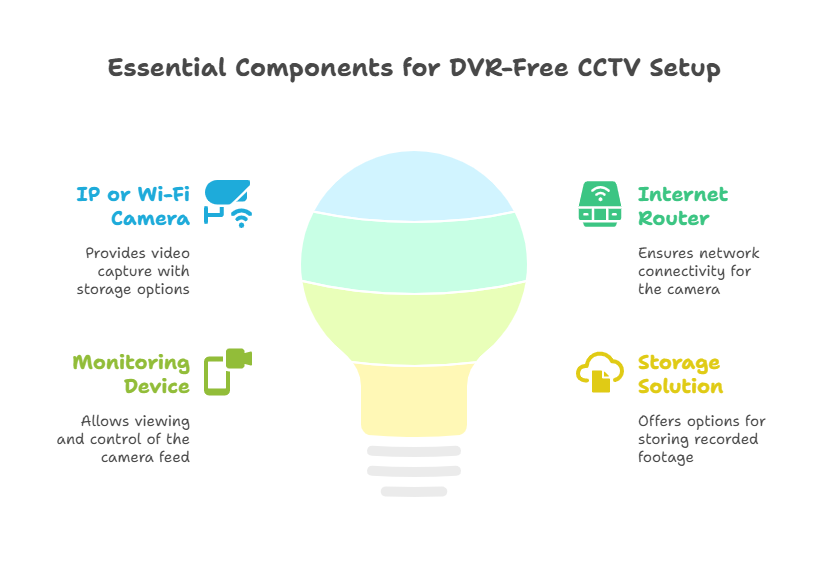
Setting up your CCTV system without a DVR is surprisingly simple. Here’s a basic checklist:
- IP or Wi-Fi CCTV camera (with local or cloud storage options)
- Reliable internet router
- Mobile phone, PC, or tablet for monitoring
- SD card or cloud subscription (depending on your storage choice)
Installation usually takes less time than explaining to your relatives what “IP camera” means—and it’s a lot less messy without the bundle of DVR cables.
Benefits of Going DVR-Free
Still unsure if this setup is right for you? Here’s why many people are ditching the DVR:
- Cost-effective: Fewer devices, fewer expenses.
- Simplified installation: No extra wiring or hardware setup.
- Remote accessibility: Monitor from anywhere via app or browser.
- Flexible storage: Choose between cloud, local, or hybrid storage.
Cloud storage and SD card options offer redundancy and backup—two words every security-conscious homeowner loves.
DVR Optional, Smart Security Essential
So, can a CCTV camera work without a DVR?
Yes—and in many cases, it should.
Today’s surveillance system is flexible and intelligent, with all the capabilities to work on its own with no big recorder. With cloud storage or an SD card for real-time app usage, your property can be secured in all sorts of ways without any DVR in sight.
Need Help Setting Up Your DVR-Free CCTV System?
At CCTV Hub Tech, we simply make surveillance. Whether you’re puzzling over which IP camera to choose, setting up mobile access, or even understanding cloud storage, our team is hurtling to your rescue. As the leading CCTV camera shop in Chandigarh, we pride ourselves on making custom, traditional, and DVR-free security systems.
Contact us today for any kind of expert advice, installation, or custom-related quotation issues. As far as your security’s concerned, we believe there shouldn’t be any complications in having smart solutions.

